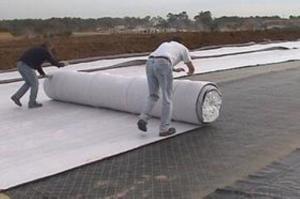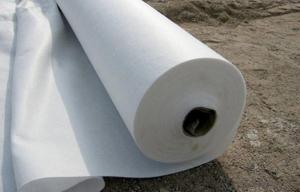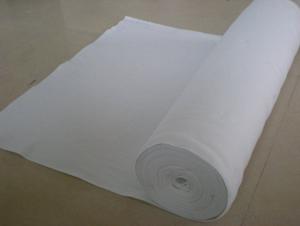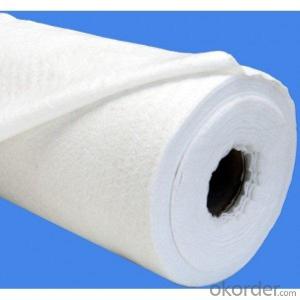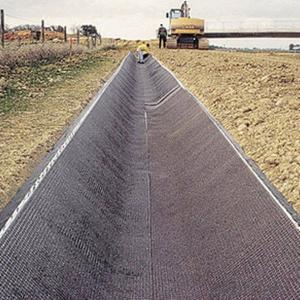Geotextile of Pet 200g/m2 Short Fiber for Highway
- Loading Port:
- Qingdao
- Payment Terms:
- TT OR LC
- Min Order Qty:
- 15000 cm²
- Supply Capability:
- 100000 cm²/month
OKorder Service Pledge
OKorder Financial Service
You Might Also Like
Geotextile of Pet 200g/m2 Short Fiber for Highway
Description Geotextile of Pet 200g/m2 Short Fiber for Highway
It is a product made from Synthetic Fibers, non biodegradable, linked together by means of Thermal and Mechanical processes. Characterised by its structure and permeable, Great tensile strength, Tear and Chemical deterioration.
Features Geotextile of Pet 200g/m2 Short Fiber for Highway
high density
loose structure
anti-corrosion
Applications Geotextile of Pet 200g/m2 Short Fiber for Highway
Used in the area of highway, railway
IMages of Geotextile of Pet 200g/m2 Short Fiber for Highway

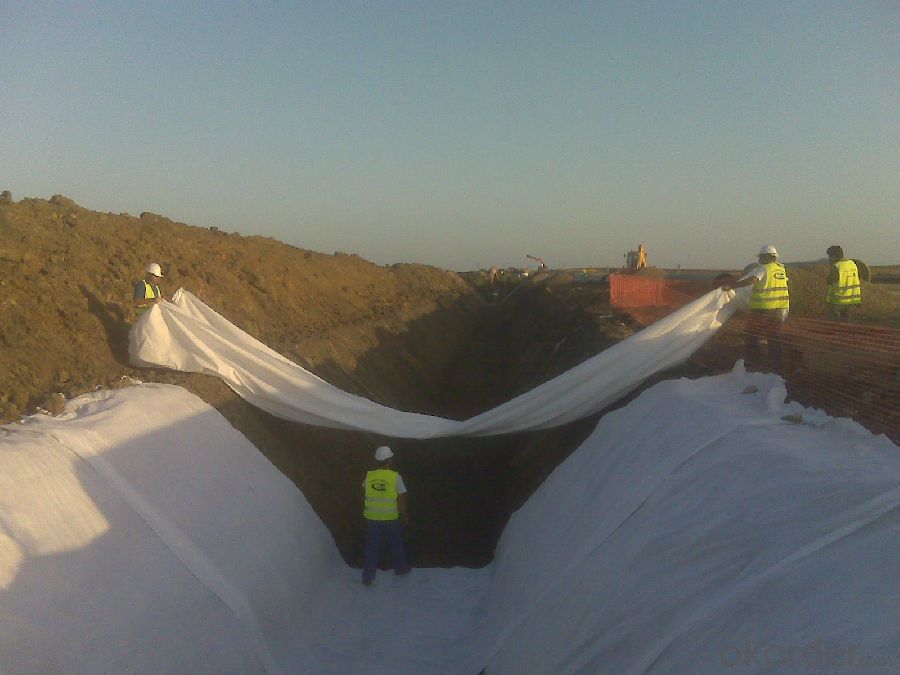
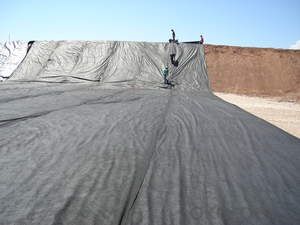
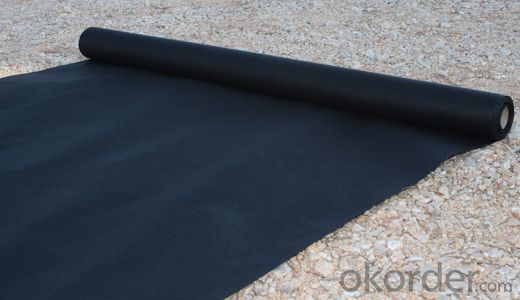
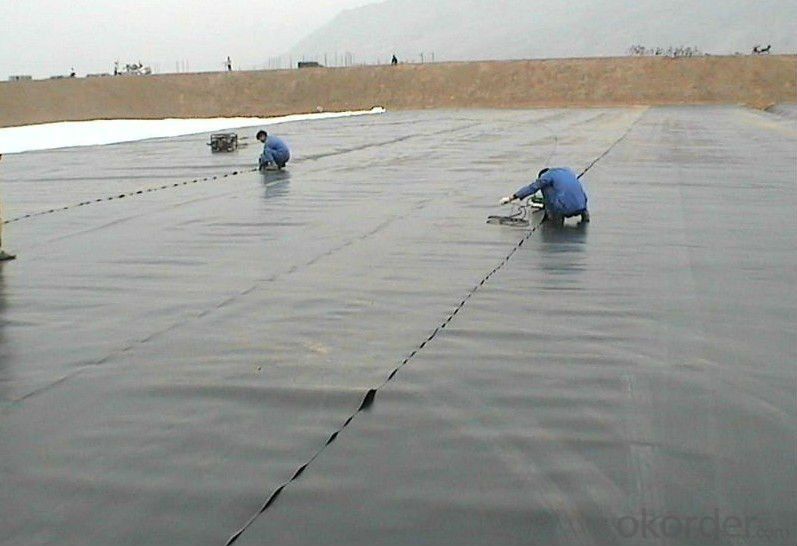

FAQ:
1. What are we supplying?
We are specialized in producing .geotextile , geocell, geogrid, geomembrane
2. How Many years experience do we have?
We have been exported to more than 15 countries in the past 14 years.
3. How long do we usually reply your request?
We always reply our customer within 24 hours.
- Q:Can geotextiles be used in geogrid reinforcement applications?
- Yes, geotextiles can be used in geogrid reinforcement applications. Geotextiles are often used in combination with geogrids to enhance their performance and provide additional benefits such as soil separation, filtration, and erosion control.
- Q:How do geotextiles help with reinforcement of geogrid reinforced soil slopes?
- Geotextiles help with the reinforcement of geogrid reinforced soil slopes by providing additional strength and stability to the system. They act as a separator between the soil and the geogrid, preventing soil particles from infiltrating the geogrid and reducing its effectiveness. The geotextiles also distribute the load evenly across the geogrid, improving its load-bearing capacity and reducing the potential for localized failures. Additionally, geotextiles can enhance the overall drainage and filtration properties of the slope, minimizing the risk of water accumulation and soil erosion.
- Q:How do geotextiles help with vegetation establishment?
- Geotextiles help with vegetation establishment by providing a stable and favorable environment for plant growth. They prevent soil erosion, control moisture levels, and create a protective barrier against weeds. Geotextiles also enhance the nutrient availability in the soil and promote root development, ultimately aiding in the establishment and growth of vegetation.
- Q:Can geotextiles be used in underground pipe installation?
- Yes, geotextiles can be used in underground pipe installation. Geotextiles are often used as a separation and filtration layer between the soil and the pipe to prevent soil intrusion and ensure proper drainage. They help enhance the performance and longevity of underground pipes by providing stability and preventing clogging.
- Q:What are the different geotextile installation techniques in erosion control?
- There are several geotextile installation techniques used in erosion control, including trench installation, slope installation, and blanket installation. Trench installation involves placing geotextile fabric in a trench along the slope to prevent soil erosion. Slope installation involves placing geotextile fabric on the surface of a slope to stabilize the soil and prevent erosion. Blanket installation involves placing geotextile fabric over a large area, such as a construction site or a riverbank, to provide erosion control and sediment filtration. Each technique has its own advantages and is chosen based on the specific erosion control needs of the site.
- Q:What is the meaning of geotextile anchoring?
- Geotextile anchorage: is the geotextile in the construction of civil engineering construction in the slope of the fixed, to prevent the geotextile movement.
- Q:GB / T geotextile sampling sampling frequency, 100 volumes equal to the number of square meters?
- Geotextile wide conventional is 6 meters, there are also more narrow and narrow, the length of conventional 50 meters or 100 meters, if the conventional calculation of a roll is 300 square meters or 600 square meters, 100 volumes will be multiplied by 100 on the line The
- Q:What are the maintenance requirements for geotextile-reinforced slopes?
- The maintenance requirements for geotextile-reinforced slopes typically include regular inspection to check for signs of erosion, vegetation growth, or damage to the geotextile materials. Additionally, any accumulated sediment or debris should be removed to maintain the drainage capacity of the slope. Depending on the specific project, occasional repair or replacement of damaged geotextiles may be necessary to ensure the continued stability and effectiveness of the slope.
- Q:Woven geotextile is not considered a spinning geotextile
- Woven geotextile is made of textile technology is a spinning geotextile.
- Q:What are the different geotextile puncture resistance test methods?
- There are several geotextile puncture resistance test methods, including the ASTM D4833, ASTM D6241, and ISO 12236. These methods involve subjecting the geotextile to various mechanical forces to determine its resistance to puncture.
1. Manufacturer Overview |
|
|---|---|
| Location | |
| Year Established | |
| Annual Output Value | |
| Main Markets | |
| Company Certifications | |
2. Manufacturer Certificates |
|
|---|---|
| a) Certification Name | |
| Range | |
| Reference | |
| Validity Period | |
3. Manufacturer Capability |
|
|---|---|
| a)Trade Capacity | |
| Nearest Port | |
| Export Percentage | |
| No.of Employees in Trade Department | |
| Language Spoken: | |
| b)Factory Information | |
| Factory Size: | |
| No. of Production Lines | |
| Contract Manufacturing | |
| Product Price Range | |
Send your message to us
Geotextile of Pet 200g/m2 Short Fiber for Highway
- Loading Port:
- Qingdao
- Payment Terms:
- TT OR LC
- Min Order Qty:
- 15000 cm²
- Supply Capability:
- 100000 cm²/month
OKorder Service Pledge
OKorder Financial Service
Similar products
New products
Hot products
Related keywords
